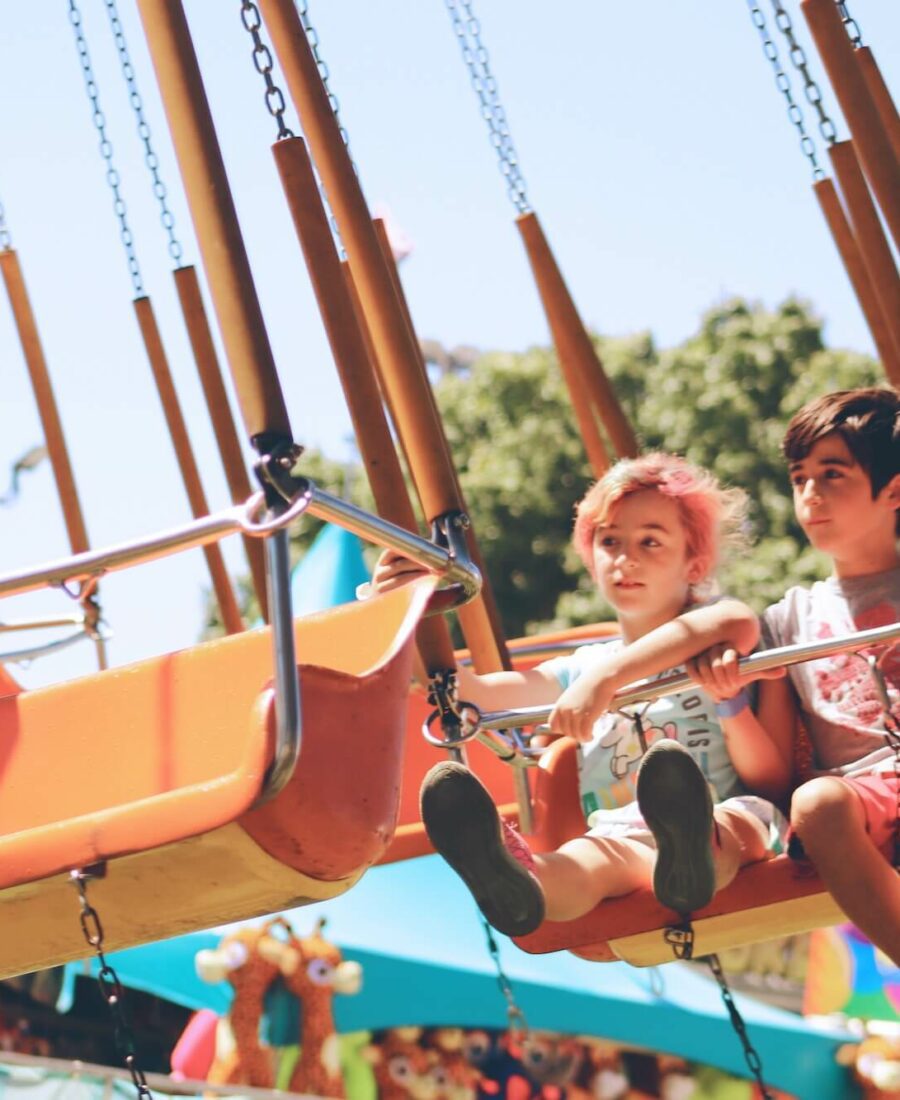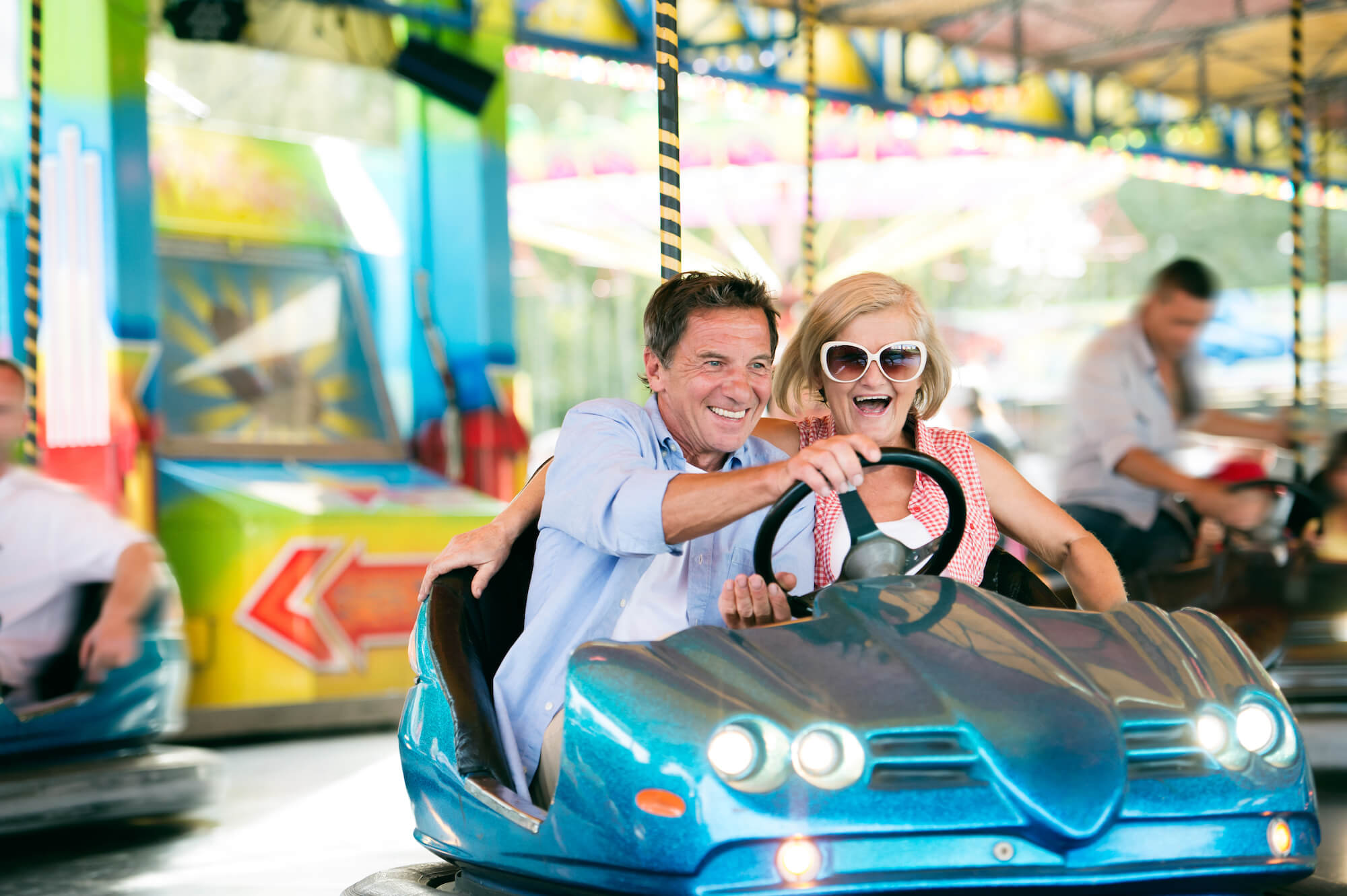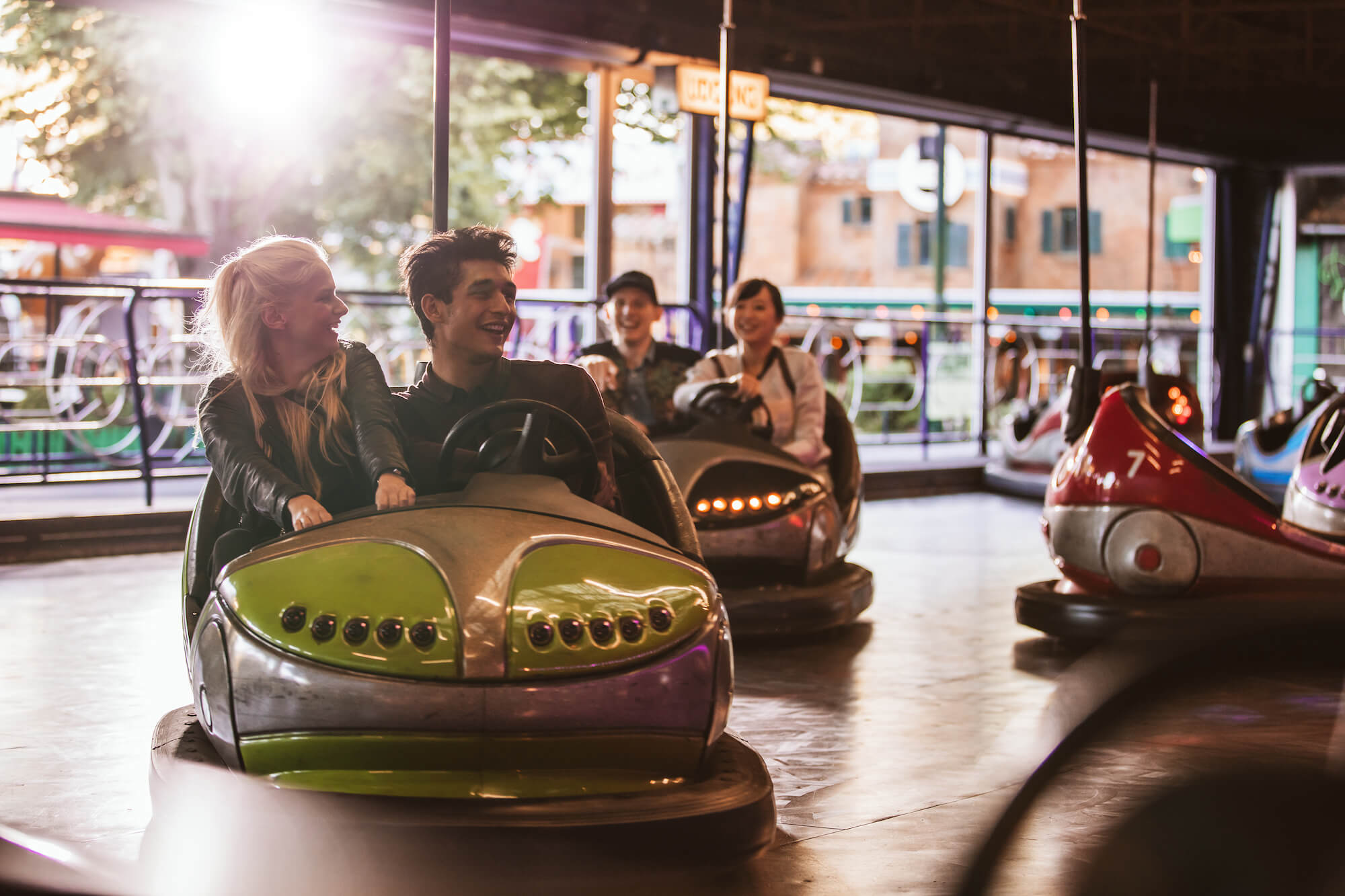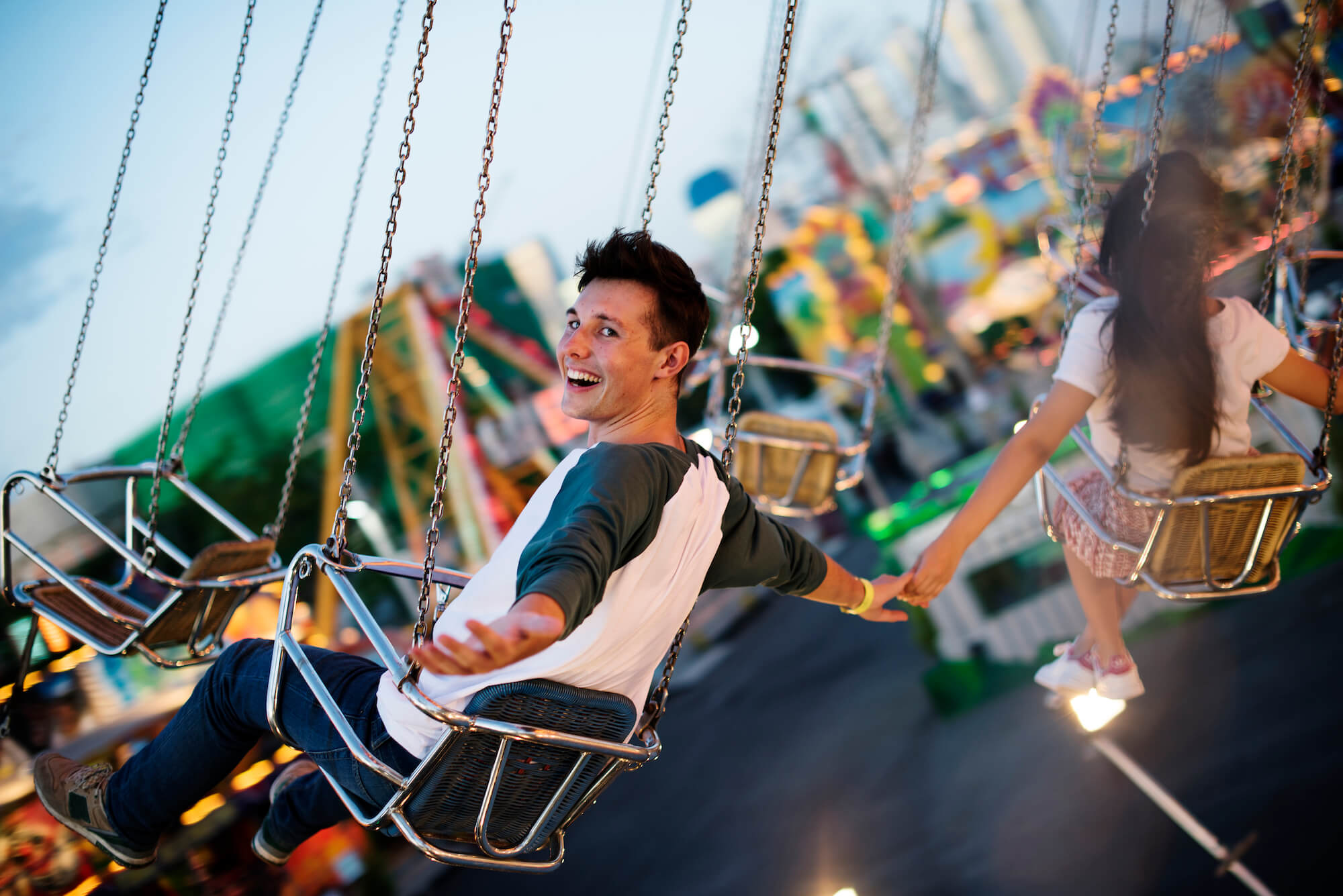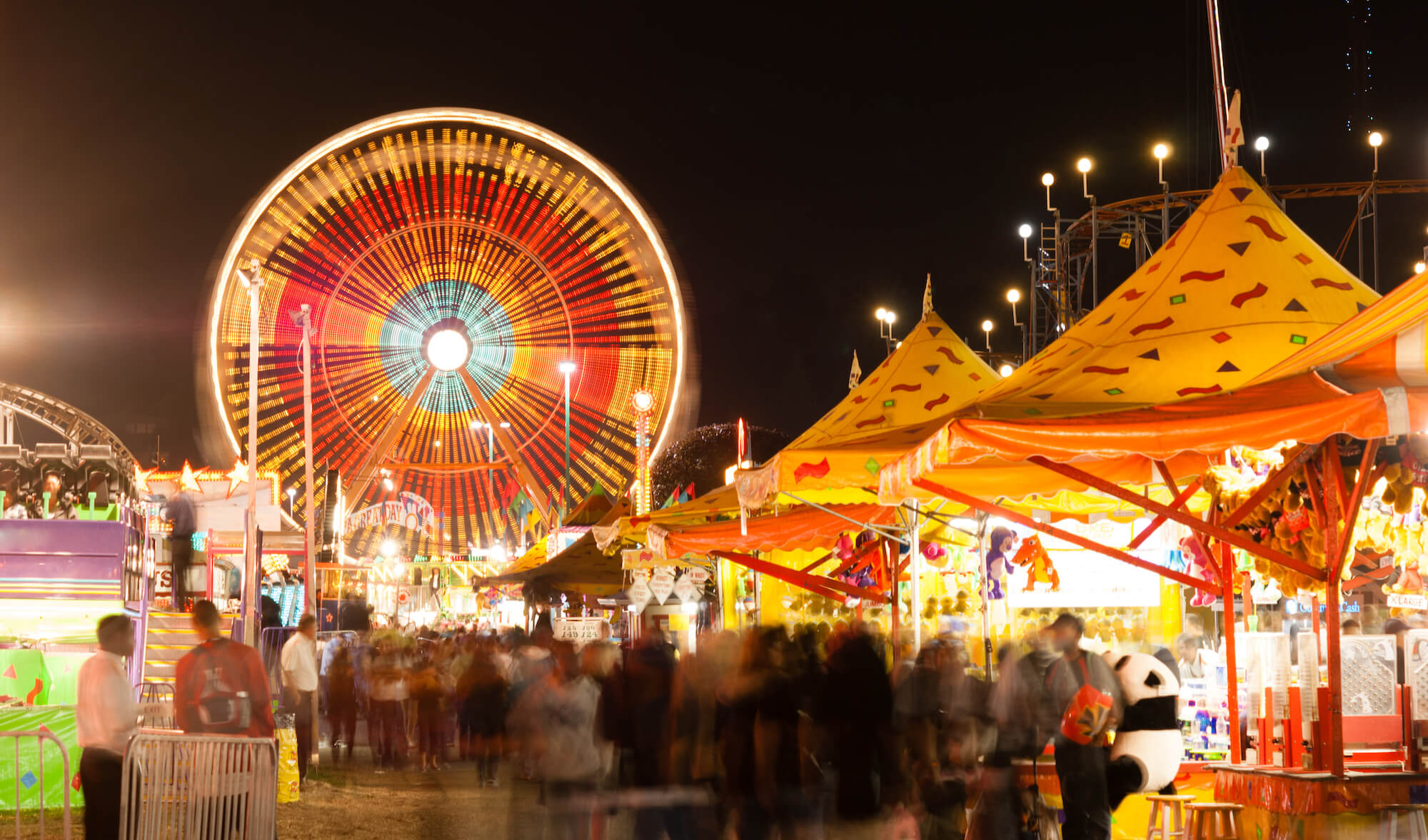On 24 February,1855 a meeting was held which established the Geelong and Western District Agricultural and Horticultural Society, following English tradition, with Horatio Wills elected as its first president.
One of its initial activities was to send a letter to the Victorian Government asking that it form a Harbor Trust to develop port facilities in Geelong for the export of our primary produce.
The Society held its first event with a ploughing match at Young Brothers’ “Aikenside” property on 18 May,1855, which was followed in October by a show on public land.
In 1857 the Society was allocated a showground of 12 acres on Garden Street, located between the current Geelong High School and East Geelong shopping centre. This served its needs until the 1880s when it became too small for expanding shows.
President J.H. Connor persuaded the Premier to allocate 30 acres of land diagonally opposite the present showground’s sheep pavilion for the use of the Society at a cost of 1000 pounds. The original showground had increased in value because of the “land boom” of the time and O’Connor estimated that the sale of the site would bring in 10,000 pounds which could be spent on developing a new showground.
The old area was surveyed as building allotments and put up for sale in April,1892. Unfortunately, the boom had passed and the building blocks were practically unsaleable but the money had already been borrowed and spent on facilities for the new showground, which included architect-designed stock facilities and a large grandstand.
As the committee started planning how to pay back the borrowed money, it became known that the loan had been underwritten by a member of the Society, Philip Russell of Osborne House Corio, who wanted to know how his loan would be repaid. Shows held on the new grounds were not well attended as money was short in the community. Then the cost of maintaining the new grounds became an embarrassment.
In 1906 the State Government, led by Premier Thomas Bent, came up with a plan to resume land that had been set aside for both the show Society and the Geelong Racing Club at Marshall.
These organisations were relocated to a 147-acre crown land site at Breakwater, with the vacated lands being used by the Government as collateral to finance the Geelong Harbor Trust.
The show Society had very little notice to vacate the grounds, taking with them a couple of pavilions and the grandstand to the new combined location.
Many will remember the wooden grandstand at the Racecourse which had been towed to the site by Mr McCoy’s steam traction engine along a track made of timber planks destined for the jetty at Queenscliff.
The period through the 1900s was a difficult time, with efforts being made to repay the money to Mr Russell and to run shows on a ground where the arena events were so far away that the spectators could barely view the events beyond the racetrack.
During this period the Horticultural section drifted away, with several members resigning to eventually become the “Geelong Horticultural Society”, thus “Horticultural” was removed from the Society’s name, being replaced with “Agricultural”.
The onset of the Great War brought devastating effects to the community, but the committee managed to hold regular meetings, with the original 1914 committee resuming post-war in 1919, retaining the continuity of the Society.
After the war the region was hit by the “Spanish Flu” which took an untold number of lives. During this time patrons did not attend shows. Then, as the flu faded, the depression of the 1930s developed and the Society’s finances were perilously low.
As the depression lifted, Mr Russell forgave the Society its debt in a remarkably generous act. Despite this, the organisation had sunk to a very low ebb and shows only survived by council members” taking round the hat” to raise funds to stage events year on year. By 1934 there were no volunteers for the position of Society President until Gary Honey grudgingly agreed to take it on for another year. At the following year’s annual meeting he tabled the financial books and it seemed the Society was doomed. A younger member of the committee agreed to take on the job of President and 30-year-old Ernie McCann, together with his young wife Edna, started the long association of the McCann family with the Geelong Show which continues to this day.
Ernie McCann managed to keep the Geelong Show going as World War II arrived. The showground was used for Army barracks but shows were still held in places like Geelong West Oval and Corio Oval. A very strong committee of voluntary workers had developed around the McCann leadership and all that was needed was a spark to make a move to the vacant land next door. That spark was Max Gillett and, with his enthusiasm, in 1954 the Society speedily moved to the current showground between shows. Over the following years new pavilions developed and the Society committee, being in charge of its own destiny, became a very strong and public-spirited entity. The first football match under lights in Geelong was played at the Showground on June 19th 1971.
Many organisations now are based at the showgrounds and take part in the shows which have been held near the middle of October for nearly 170 years, A new popular event, in the form of a Vintage Rally, is becoming a major drawcard in the middle of January, emanating from our world-renowned vintage machinery collection developed over the last 50 years.
Perhaps the most important legacy of Ernie McCann’s leadership is the culture of volunteering, without which the maintenance of the showground would be a major expense.
